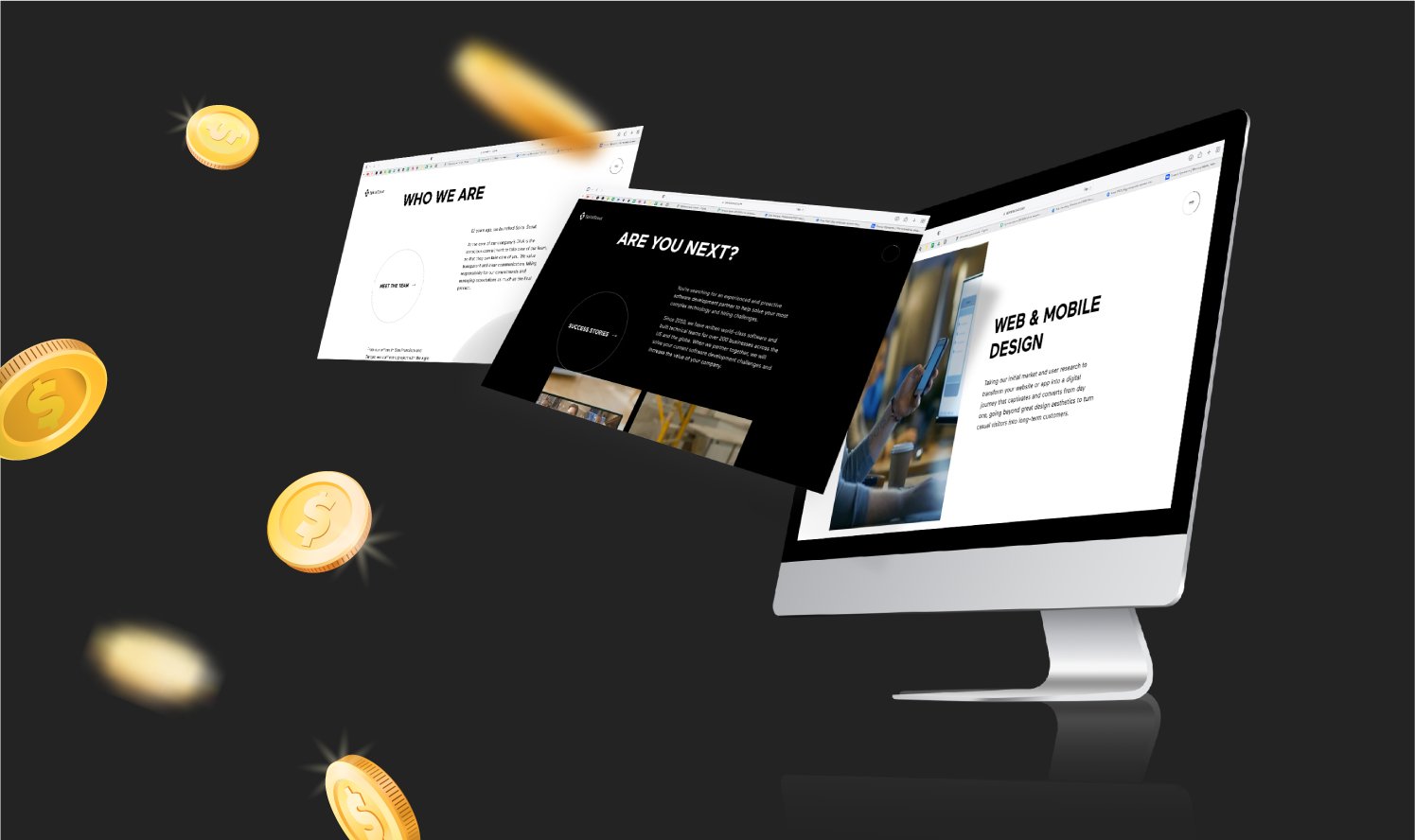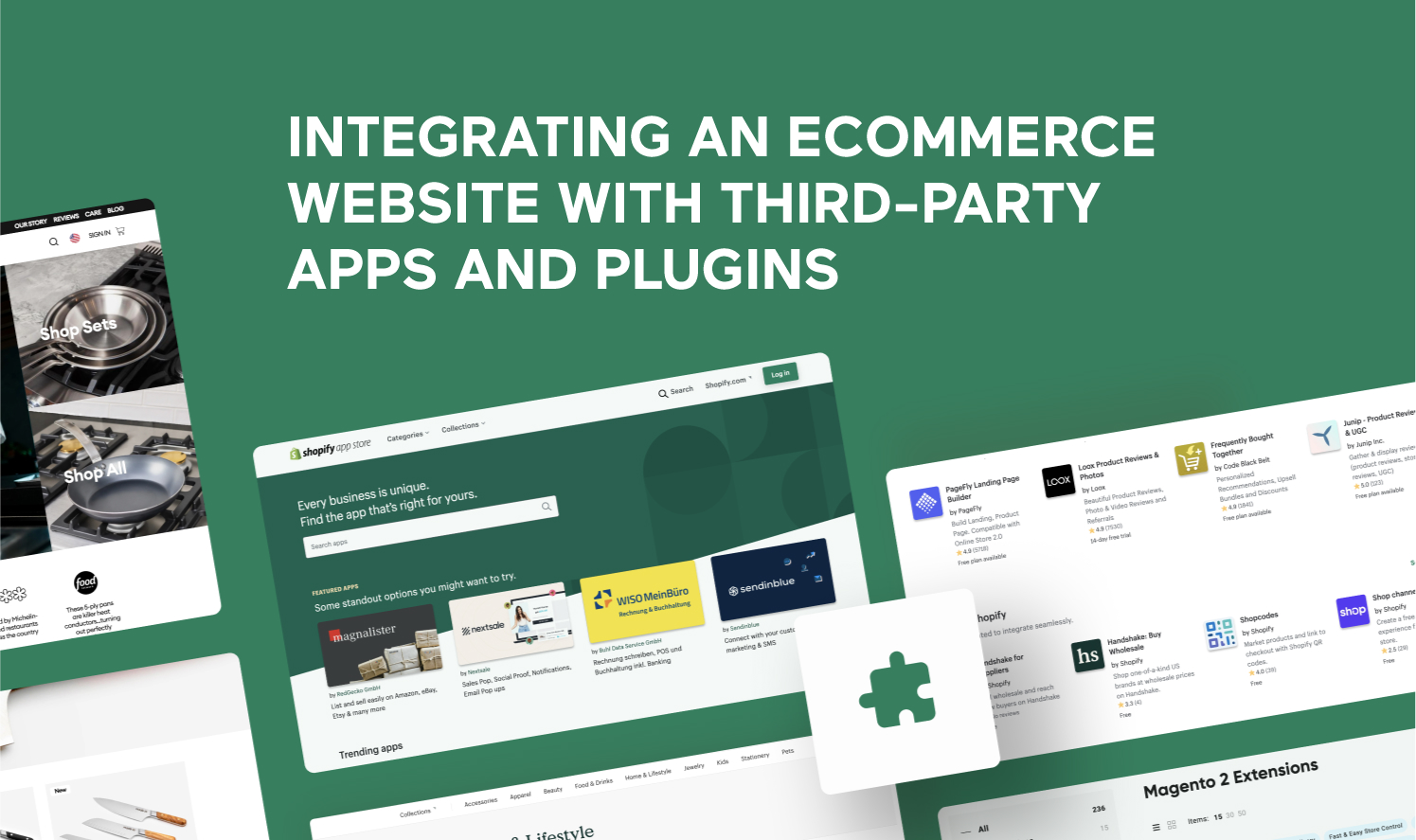In the ever-evolving digital world, staying ahead of eCommerce trends is critical for businesses to thrive. From adopting headless architecture to AI-driven personalization, this article outlines seven impactful strategies that can help you implement effective boost online sales strategies, improve eCommerce conversion optimization, and enhance user experience. Whether you’re starting a new store or upgrading your current one, these insights will help future-proof your business.
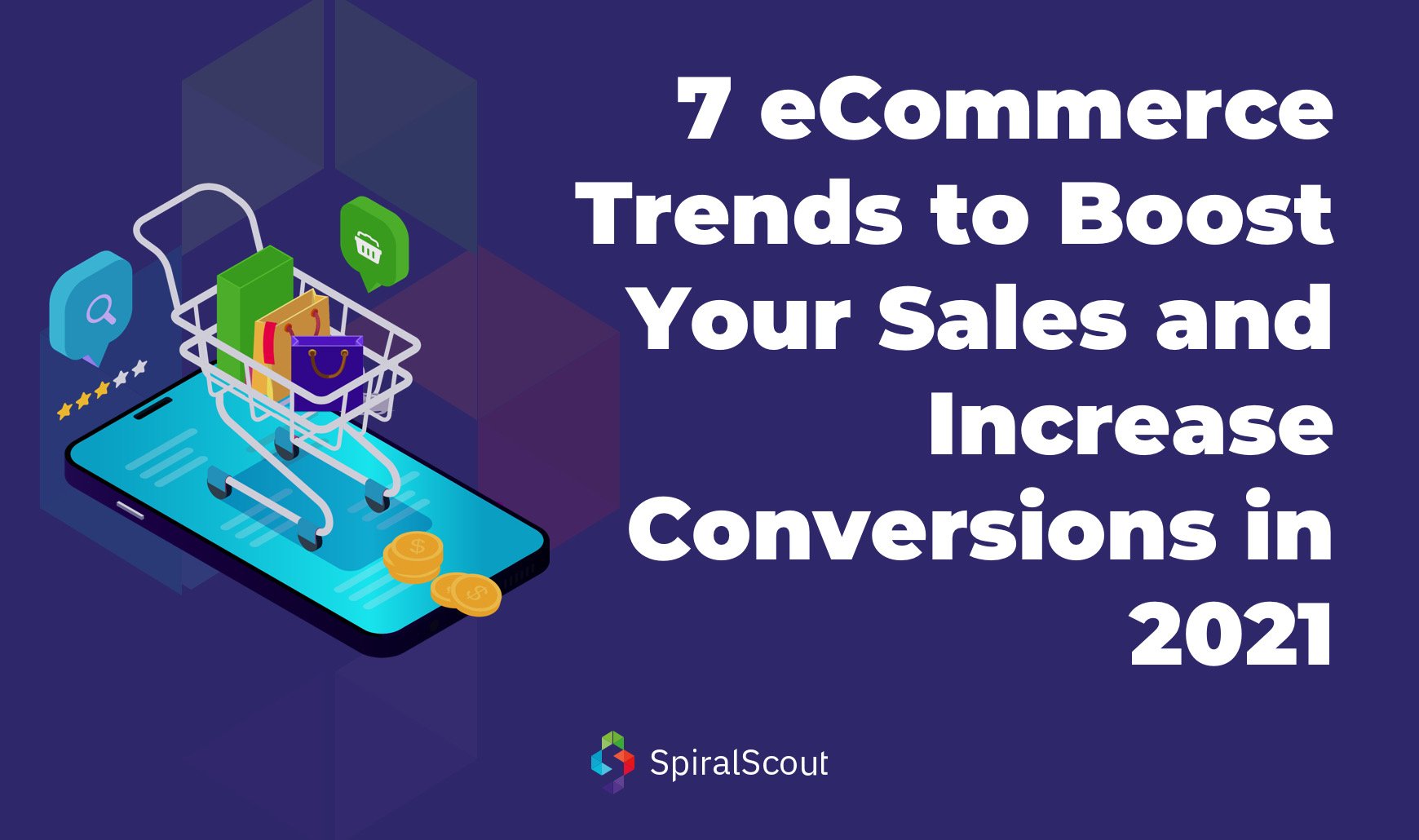
Top 2021 eCommerce Trends Deserving Your Attention
With the rapid changes to our digital age, eCommerce trends are emerging fast. Businesses that fail to adapt risk falling behind. The COVID-19 pandemic accelerated the need for businesses to invest in digital transformation and leverage eCommerce development services that modernize operations and enhance customer experiences.
To maintain your competitive edge, you must understand current trends and know which innovations are essential vs. short-lived fads. This article outlines 7 key trends shaping the future of eCommerce. If you’re unsure how to implement these trends yourself, consider partnering with a full-service software agency like Spiral Scout that offers comprehensive IT solutions tailored to your needs.
1. Headless eCommerce Architecture
Modern eCommerce businesses demand fast, flexible, and secure platforms. Headless eCommerce separates the front end from the backend, giving developers more freedom to create unique customer experiences while simplifying content updates for non-technical users.
A headless approach allows for integration with major platforms like Shopify, Magento, BigCommerce, and Salesforce Commerce Cloud. This architecture enhances scalability, improves SEO through faster load times, and allows for device-responsive experiences. It also supports omnichannel commerce, enabling seamless integration across sales channels.
eCommerce businesses strive to build dynamic, engaging sites that load quickly, eliminate security loopholes, increase usability, boost sales, and create the best user experience but, at the same time, keep the administration of them easy for non-technical business stakeholders to make edits and updates. In the past, engineers built websites using a monolithic architecture. That is a technical way of saying “all the code was tightly bundled together in one giant codebase” and maintaining, as well as scaling the site, became harder over time. A new and growing trend in the eCommerce industry is the separation of the customer facing frontend of a website from the backend functionality. This new approach of site development is called “headless” and relates to all types of sites but for this post we will focus on those in the commerce space. The headless approach can be integrated with any number of payment platforms, eCommerce providers and 3rd party software.
In non-geek speak, a “headless” eCommerce site is a platform that manages, stores, and delivers content without a front-end delivery layer by using templates or themes that decouple your client facing frontend from your backend. With a headless architecture, the front end (or the “head”) is removed, leaving only the backend. In the past the front and backend were all coupled together in what we described above as the monolithic approach. The headless approach lets an engineering team use different frontend and backend technologies for your eCommerce website to make sure that you can optimize the use of content (think images, metadata, copy etc) that populates your website, while at the same time using one of the big ecommerce platform for your backend like Shopify, Magento, Bigcommerce and Salesforce Commerce Cloud.
Using a headless approach for your site helps improve your site’s performance significantly, its security, its scalability and makes website support and maintenance easier over time. When done correctly by a professional software development team, the performance improvements alone will help your rankings with search engines and also your user experience because we all know how short a human’s attention span is nowadays. A slow loading time is truly detrimental to sales and your opportunity to rank highly in search engines. This approach provides a simple and fast experience for all consumers, no matter what device they are using as well. Your content management system is not controlled from the backend, so pages won’t be slowed down by long loading times for a simple change and non technical stakeholders can still easily manage content and make updates.
Looking to improve performance? A custom eCommerce development strategy using headless architecture can increase speed, flexibility, and sales.
2. Omnichannel eCommerce
Omnichannel marketing combines in-store, web, mobile, and social platforms into one unified shopping experience. Unlike multichannel commerce, which uses separate systems for each channel, omnichannel integrates all platforms into one ecosystem.
With nearly 75% of consumers using multiple channels before purchasing (according to Harvard Business Review), delivering a consistent brand experience across all touchpoints is more crucial than ever.
Whether a customer browses your Instagram feed, chats with support via Messenger, or walks into your store—each interaction should feel like part of one seamless journey.
Explore more B2B eCommerce development tips to understand how omnichannel strategies can work in a business-to-business setting.
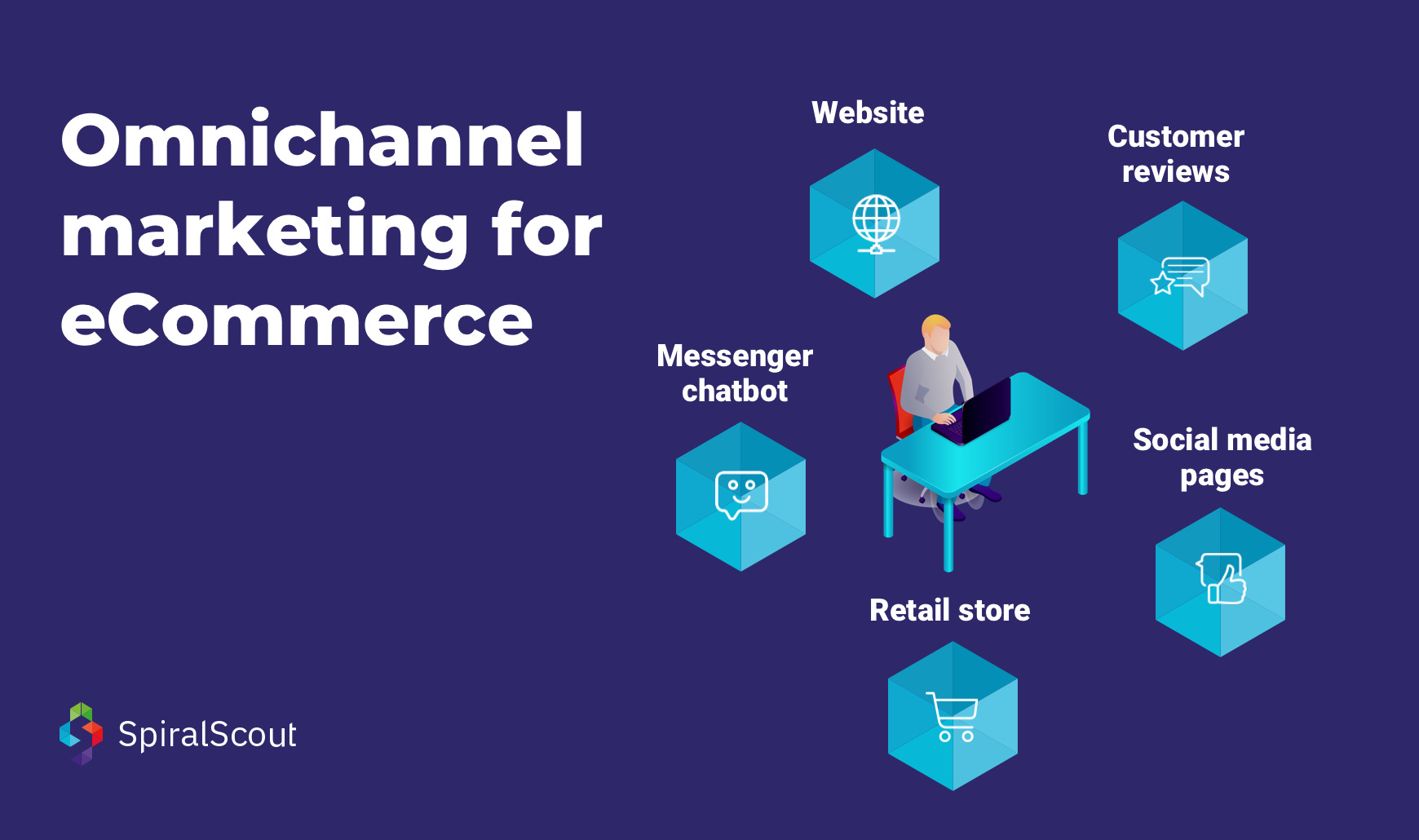
3. Progressive Web Applications (PWAs)
PWAs combine the best of websites and mobile apps. They work across devices, send push notifications, and even offer offline access—thanks to pre-caching capabilities. Built using technologies like HTML, CSS, JavaScript, and frameworks like React or Angular, PWAs are user-friendly and fast.
For eCommerce stores, PWAs reduce bounce rates, increase engagement, and improve mobile experiences without requiring users to download a separate app. They’re especially valuable for brands looking to scale across devices and geographies.
Some experts are describing progressive web applications as the “future of eCommerce”.
4. Voice-Controlled Browsing
With the rise of smart speakers like Amazon Alexa and Google Assistant, voice-enabled search is a must for modern eCommerce. Voice shopping is projected to reach $40 billion in the U.S. alone.
Optimizing for voice means adapting your content for conversational search queries. Focus on FAQs, product details, and simple navigation. For impulse and home-based products, voice browsing can dramatically increase conversions.
5. eCommerce Chatbots
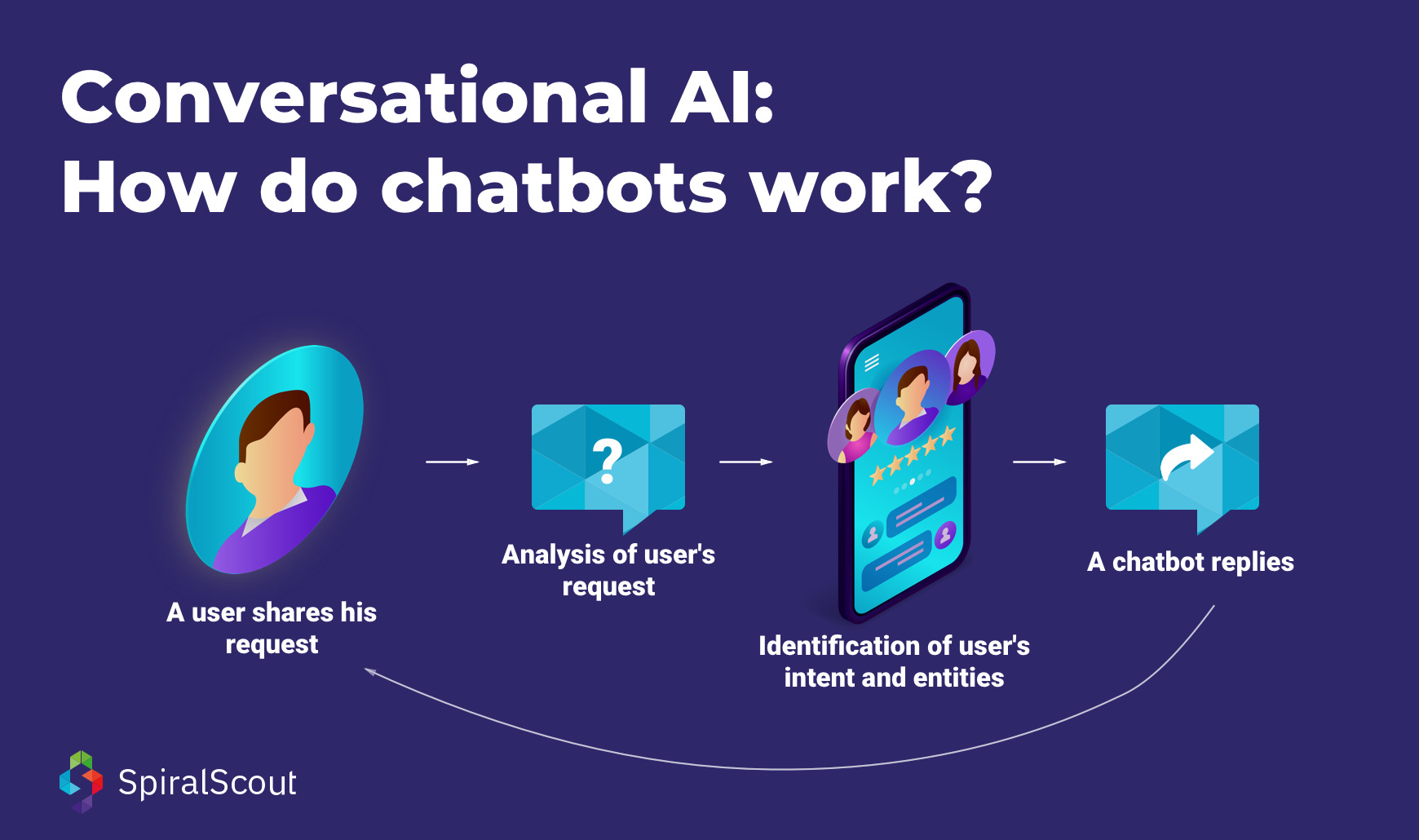
AI-powered chatbots are transforming digital customer support. Available 24/7, these bots handle common questions, guide users through products, and provide order tracking. Over 60% of users prefer using self-service tools like chatbots over speaking with a human.
Advanced chatbots can recommend products, offer discounts, and increase upsells—making them an invaluable sales and support tool. If you’re considering integrating AI into your store, it’s a vital step in eCommerce conversion optimization.
6. Artificial Intelligence (AI)
Speaking of chatbots and voice-activated browsing, artificial intelligence is one of the most popular tools in eCommerce development right now. Among these AI applications in the eCommerce industry are personalized product recommendations or configuring a product offering by recommending other products others have bought with the product you are interested in or helping a user customize a product to be exactly what they want. By combining knowledge of a user’s previous purchase history, their searching habits, and/or other browsing habits, using AI guarantees satisfaction and an increase in sales when done correctly. With personalized recommendations and ads, you will surely receive more sales, repeat business and satisfied customers.
Another major trend in eCommerce is using AI for email marketing. This means automatically sending out marketing emails for products that certain recipients are more likely to purchase or have searched for something similar on your site in the past but didn’t buy (or did buy but can use a hint to purchase more). If the AI already knows what a specific customer is interested in or likes to purchase, your promotion email will be personalized to include similar products and new releases. This system will also analyze the received response and will further align the campaign to the individual customer’s needs.
Additionally, AI-based data analytics tools can drastically help your tracking progress and improve sales. Although not visible to customers, this is a trending tool used by many large companies. It includes analyzing online purchase rates, creating customer profiles, and more. The data generated and analyzed by an AI tool will be of great help to any business. Not only will it save team members time and effort, but this precise data will always be up to date and can be used to improve business strategies.
7. Virtual Reality (VR) and Augmented Reality (AR)
Although still in early adoption, AR and VR offer immersive ways to preview products before purchasing. Think virtual showrooms, 3D previews, or trying on clothes from your phone.
These technologies are great for furniture, apparel, art, and any product where appearance matters. By allowing shoppers to visualize products in their real environments, they increase confidence and reduce returns.
Want to learn about custom e-commerce website costs? Understanding the investment can help you prioritize which tech (like VR/AR) to implement first.
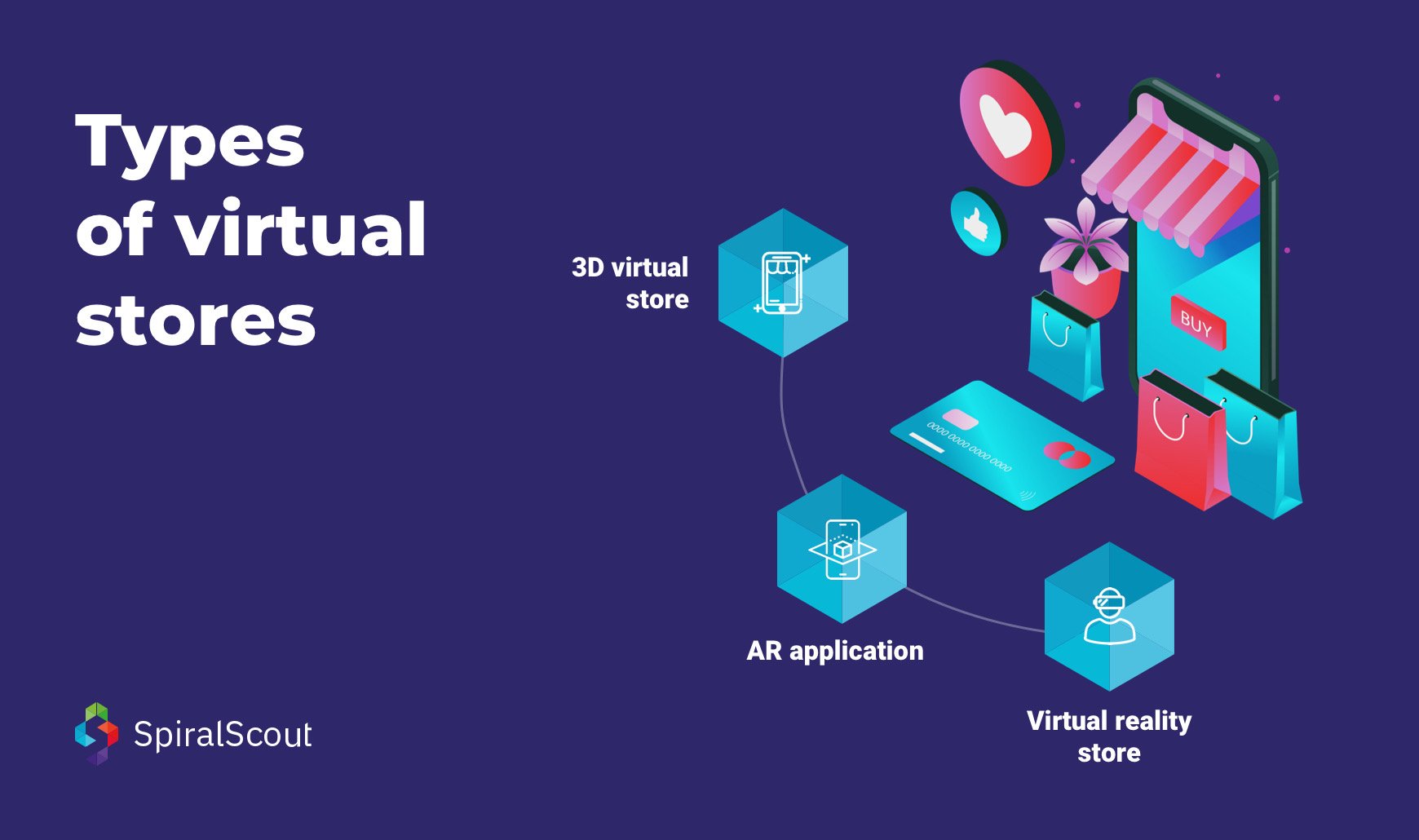
Conclusion
The pandemic transformed eCommerce at lightning speed, pushing businesses to innovate or risk being left behind. Whether you’re launching a store or modernizing one, these 7 trends—from PWAs to AI—should be on your radar.
Investing in the right technology stack, architecture, and user experience isn’t just smart—it’s essential. A reliable partner like Spiral Scout can help you implement these solutions effectively, including custom eCommerce development, performance optimization, and workflow automation through Temporal partnership for workflow automation.
Ready to Modernize Your eCommerce Store?
Whether you’re launching a brand-new online store or upgrading an existing one, Spiral Scout offers comprehensive IT solutions and eCommerce development services tailored to your business goals.

